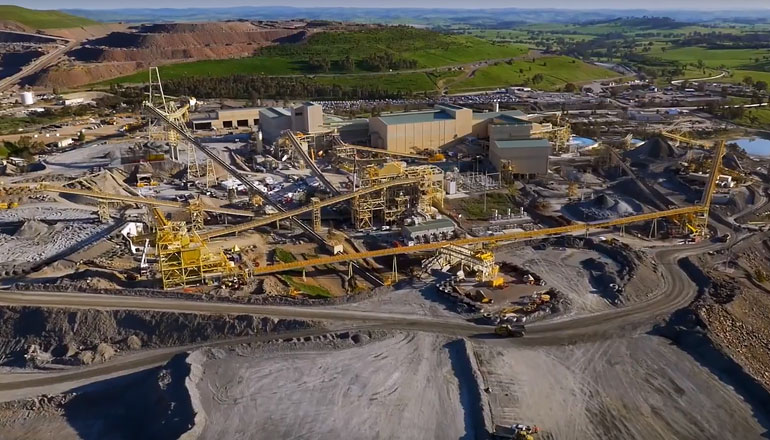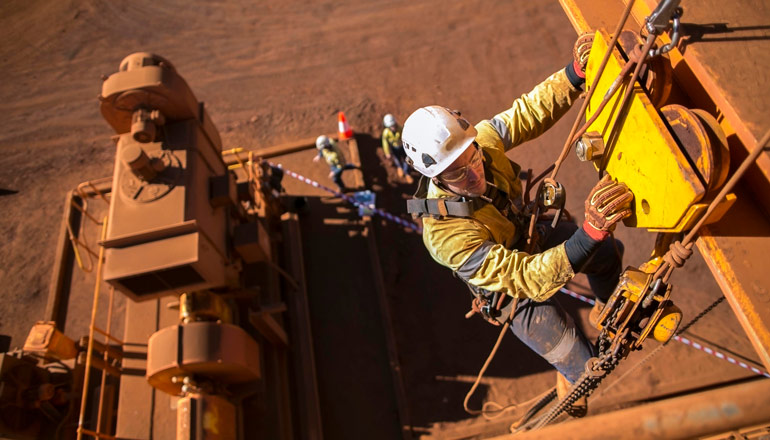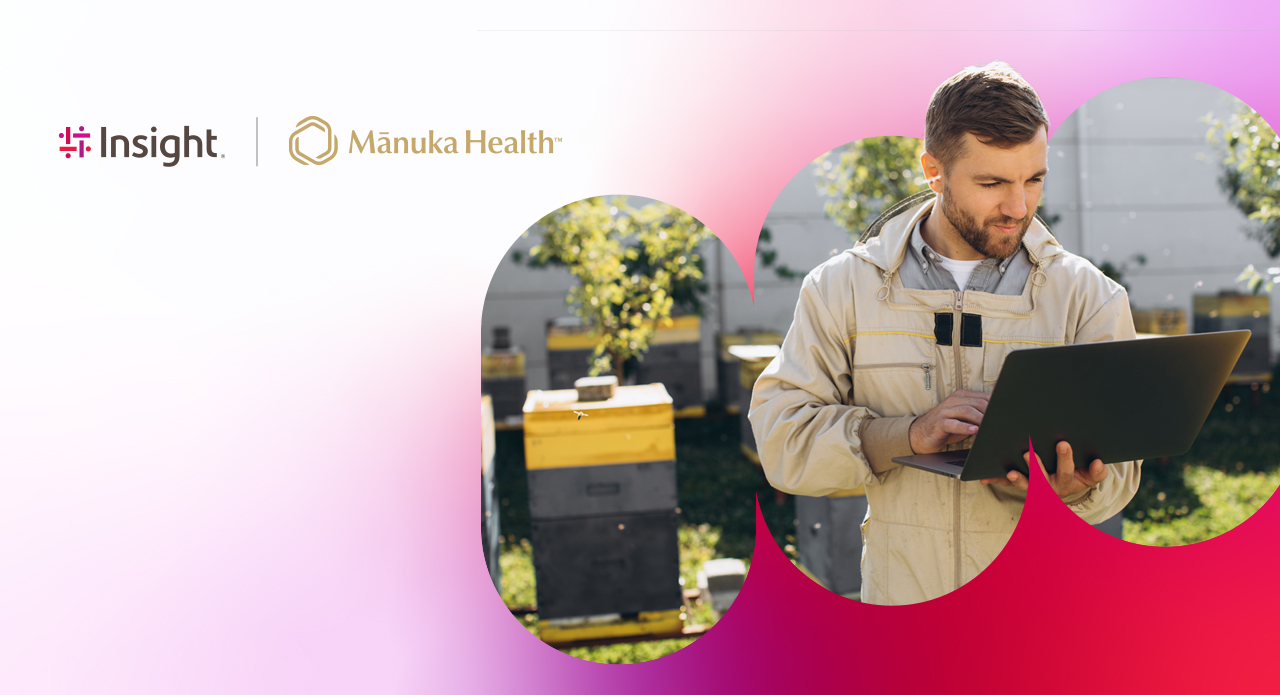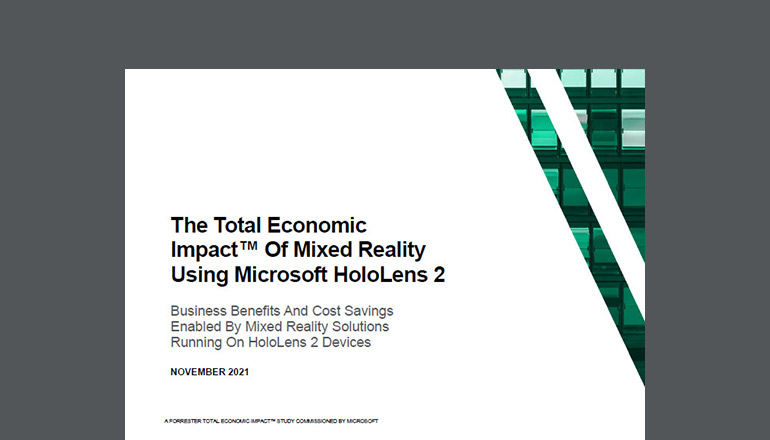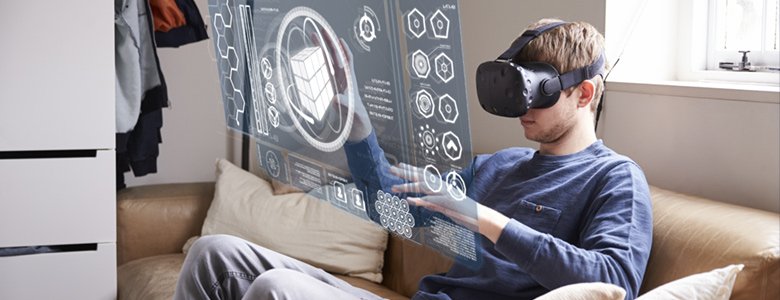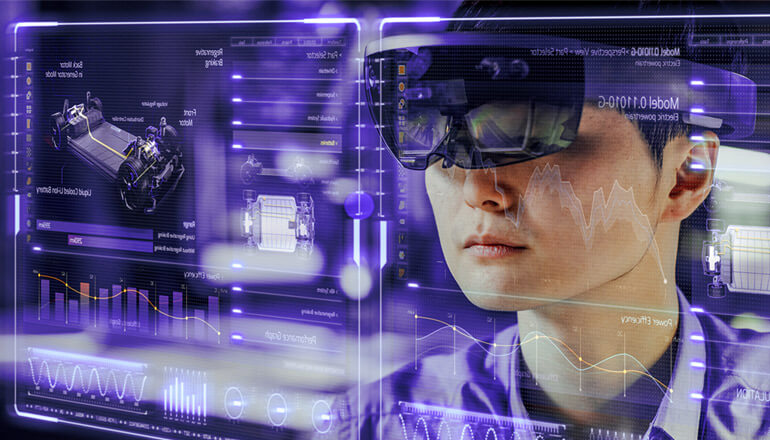Article A Look at What’s Possible With Augmented Reality
Holographic police training, simulated surgery for medical school students, and interactive engineering blueprints that never touch a table. For many, this may sound like the newest science fiction film.
By Derek Doyle / 31 Jul 2018 / Topics: Immersive technology

In reality, however, these augmented reality possibilities and use cases are just the beginning. What exactly is Augmented Reality (AR)? Unlike virtual reality, which transports a user into an entirely virtual environment, AR uses the existing natural environment, overlaying virtual information on top of it. As both virtual and real worlds coexist, users are able to see and interact with an enhanced version of their environment.
AR and the new work world
Alex Kipman, Microsoft technical fellow for Artificial Intelligence (AI) perception and mixed reality, predicts all future devices will have some mixed reality component. Microsoft uses that term to refer to the blending of the physical and digital worlds.
Kipman spearheaded Microsoft HoloLens, Microsoft’s augmented reality headset. The goal of HoloLens, according to Kipman, is to enable computers to understand the world around us, providing a new level of engagement between the physical and digital worlds.
AR’s ability to blend the human element of critical thinking with the computing power of a device brings new possibilities that were unfathomable only a few years ago. And these possibilities apply to organizations in several industries, from manufacturing to education.
Let’s explore the potential of augmented reality in the workplace and how it can enable employees to place information where they need it the most: in the real-world context of their work.
Manufacturing
What if, instead of leafing through pages or scrolling through an online manual, you could simply see your way through a task?
AR allows manufacturing workers to see complex procedures animated directly on the equipment they’re using. This consistently reinforces best practices and incorporates the most up-to-date instructions in the most easily understood form possible: direct demonstration.
AR can also enable interactive simulations, animations and 3D graphics to create step-by-step guides for trainees learning new equipment. This is already being used by some of the largest oil companies in the world, including BP. The technology has enabled trainees to quickly master complex procedures and processes without the risk factors that come with real-life situations or using actual equipment.
Reality-based training allows virtual instructors to survey a facility and point out safety concerns or display complicated refinery models with links to pressure and temperature readings in real time. This type of training also enables crisis managers to access digital facility models connected to real-time security and safety software.
Engineering, design and modeling
From interior design to architecture and construction, AR is helping professionals visualise their final products during the creative process. The use of AR headsets enables architects, engineers and design professionals to see exactly how their designs might look in real life — and even make virtual, on-the-spot changes.
Additionally, urban planners can model how entire city layouts might look using AR for visualisation. Any design or modeling job that involves spatial relationships is a perfect use case for AR technology.
Healthcare
AR has the ability to boost the depth and effectiveness of medical training in many areas, including imaging equipment training and simulations of complex surgeries. Students at the Cleveland Clinic at Case Western Reserve University, for example, learn anatomy using Microsoft HoloLens, allowing them to study the human body in a 3D format.
Digital imaging overlays can also give medical professionals the ability to render Digital Imaging and Communications in Medicine (DICOM), MRI and CT scans in real time. Surgeons are taking advantage of AR capabilities to run simulated operations using 3D imaging of actual patients’ bodies.
Education
While tablets and other smart devices have become widespread in countless schools and classrooms, educators are ramping up the student learning experience with AR. The HP Reveal app (formerly known as Aurasma), for example, is already being used in classrooms to allow students to participate in classes via a smartphone or tablet for a richer learning environment.
Students learning about astronomy can explore topics through a full AR-generated map of the solar system, while those in a music class can use AR to see musical notes in real time as they learn to play instruments. In higher education, AR is being used for immersive learning, enabling chemistry students to experiment with and create complex 3D visualisations of molecules.
Training for police and military
Imagine the first time you’re dropped in a military hot zone is the first time your boots hit the ground. Your pulse is racing, you hear gunfire in every direction, and you have seconds to decide what to do and where to go. Sure, you’ve done some predeployment training, but most of that time was spent in the barracks, conceptualising war using two-dimensional models. Nothing has really prepared you for this — but the Army is about to change that.
Its Synthetic Training Environment (STE) is an immersive augmented reality system designed to place soldiers in diverse operational environments, stress them physically and mentally, and bolster readiness through a grueling series of virtual scenarios. The same type of training could apply to police officers.
The future offers endless posibities.
Across sectors and industries, it’s clear we’re just beginning to realise the capabilities of augmented reality. The question is: Where will the capabilities of AR take us next? From what we’ve seen so far, the answer is anywhere.
